Switching to ammonia as a marine fuel, with the goal of decarbonisation, can instead create entirely new problems. This is shown in a study from Chalmers University of Technology in Sweden, where researchers carried out life cycle analyses for batteries and for three electrofuels including ammonia.
Tag: Alternative Energy
Big oil companies continue to expand fossil fuel extraction worldwide
Despite the growing social and political discourse in favor of energy transition and the greening of the industry, big oil companies continue to rely almost exclusively on fossil fuels to perpetuate their function of obtaining and concentrating energy.
How Fiber-Optic Sensing and New Materials Could Reduce the Cost of Floating Offshore Wind
In this Q&A, Berkeley Lab’s Yuxin Wu discusses how scientists are developing sensing technologies that could be installed on floating offshore structures. This would allow the structures to self-monitor damaging conditions that could lead to costly repairs, and could also gauge impacts to marine mammals.
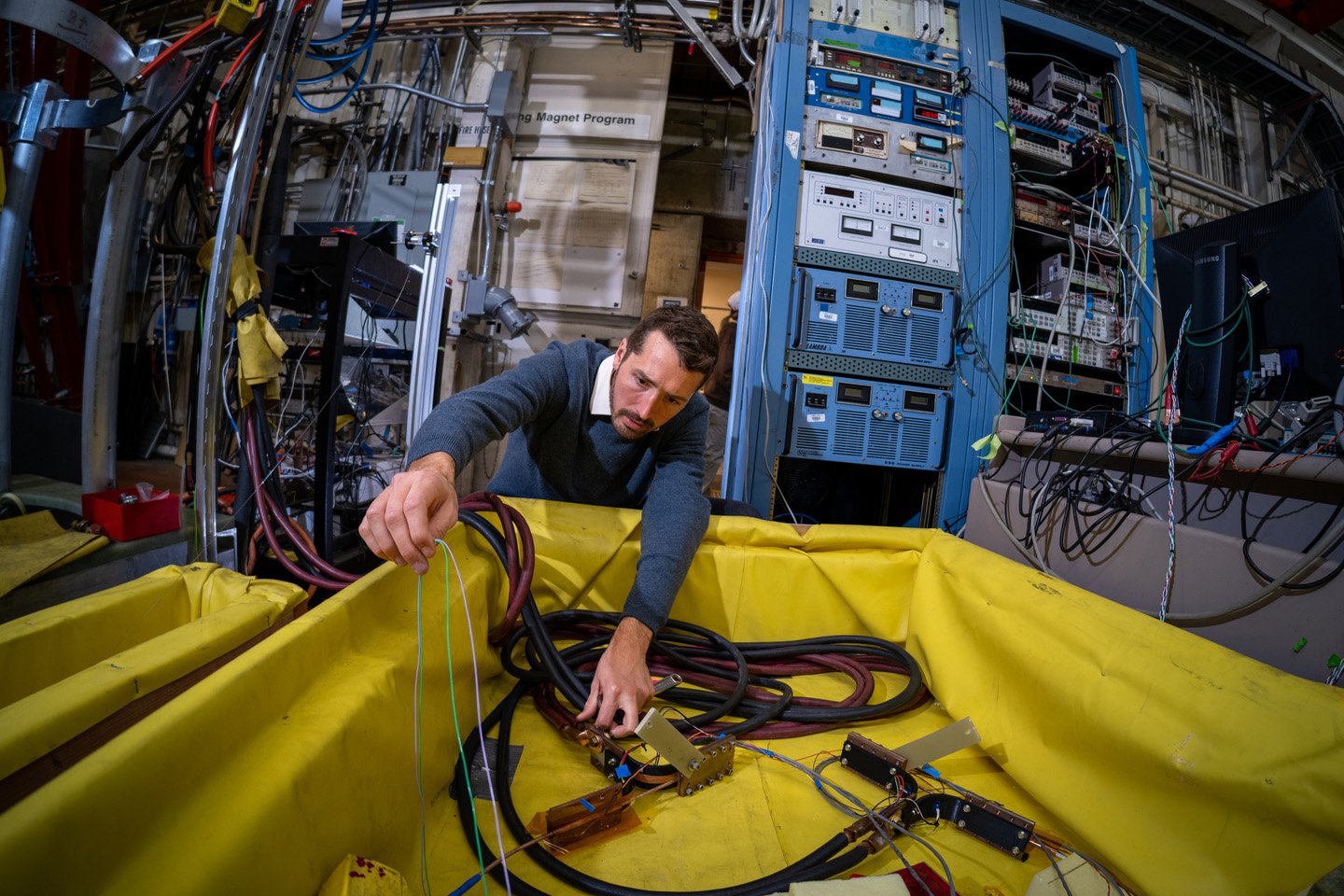
Fusion Q&A: The Path Forward
Fusion energy could address pollution, climate change, and high energy prices. Berkeley Lab’s Cameron Geddes and Reed Teyber explain how researchers are trying to make it a reality.
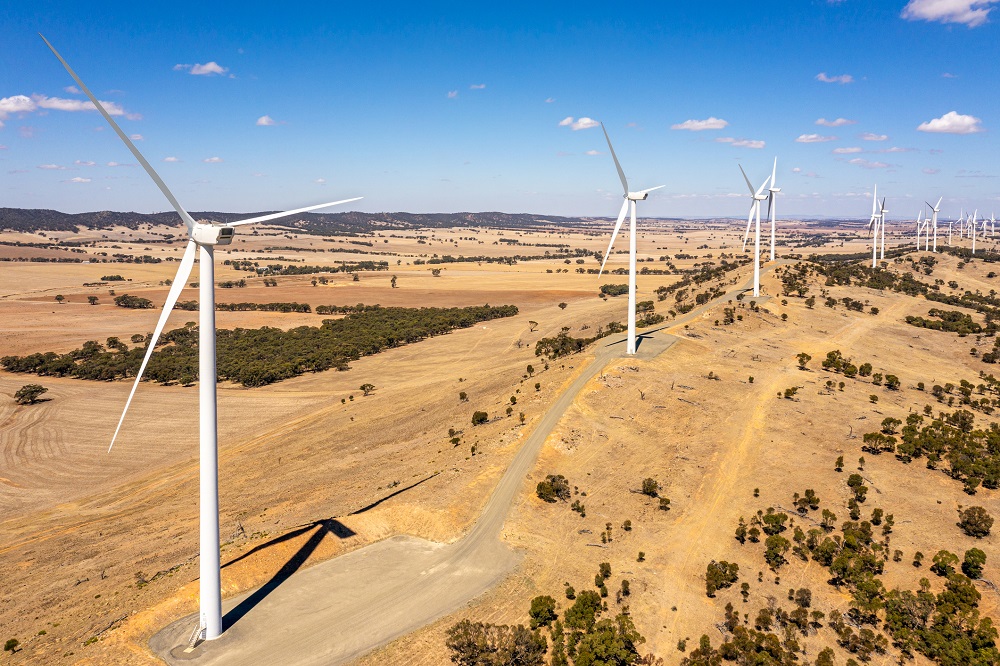
More predictable renewable energy could lower costs
Lower electricity costs for consumers and more reliable clean energy could be some of the benefits of a new study by the University of Adelaide researchers who have examined how predictable solar or wind energy generation is and the impact of it on profits in the electricity market.
How a Record-Breaking Copper Catalyst Converts CO2 Into Liquid Fuels
Since the 1970s, scientists have known that copper has a special ability to transform carbon dioxide into valuable chemicals and fuels. But for many years, scientists have struggled to understand how this common metal works as an electrocatalyst, a mechanism that uses energy from electrons to chemically transform molecules into different products.
Storing hydrogen fuel in salts — a step toward ‘cleaner’ energy production
Hydrogen gas could someday replace fossil fuels as a “clean” energy source, producing only water and energy. Now, researchers reporting in ACS Central Science have developed a method to store and release highly pure hydrogen with salts in the presence of amino acids.
These energy-packed batteries work well in extreme cold and heat
Researchers developed lithium-ion batteries that perform well at freezing cold and scorching hot temperatures, while packing a lot of energy. This could help electric cars travel farther on a single charge in the cold and reduce the need for cooling systems for the cars’ batteries in hot climates.
Import tariffs: an alternative to a European energy embargo against Russia
Tariffs on Russian energy imports could provide the EU with a lever to reduce Russia’s financial gains from its oil and gas exports and allow it to flexibly react to Moscow’s actions in Ukraine, a team of economists from the European think tank Bruegel, Harvard, and the University of Cologne propose in a letter to Science and in a working paper.
Offshore Wind Plan Boosts Clean Energy
The 30 gigawatts of offshore wind farms that is proposed under a new Biden administration plan will be essential for curbing climate change, said Tufts expert Eric Hines. It will also be a key step in modernizing the national power grid toward more reliable, sustainable energy.
Combining sunlight and wastewater nitrate to make the world’s No. 2 chemical
Engineers at the University of Illinois Chicago have created a solar-powered electrochemical reaction that not only uses wastewater to make ammonia — the second most-produced chemical in the world — but also achieves a solar-to-fuel efficiency that is 10 times better than any other comparable technology.
Bubbling to the surface: WVU engineers develop new geothermal energy technology
As part of the American-Made Geothermal Manufacturing Prize competition, a challenge designed to spur innovation and address manufacturing challenges in geothermal environments, associate professor Terence Musho and Berry Chair Emeritus Nigel Clark in West Virginia University’s Statler College of Engineering and Mineral Resources, have developed a new airlift approach to optimize current geothermal pump technologies.
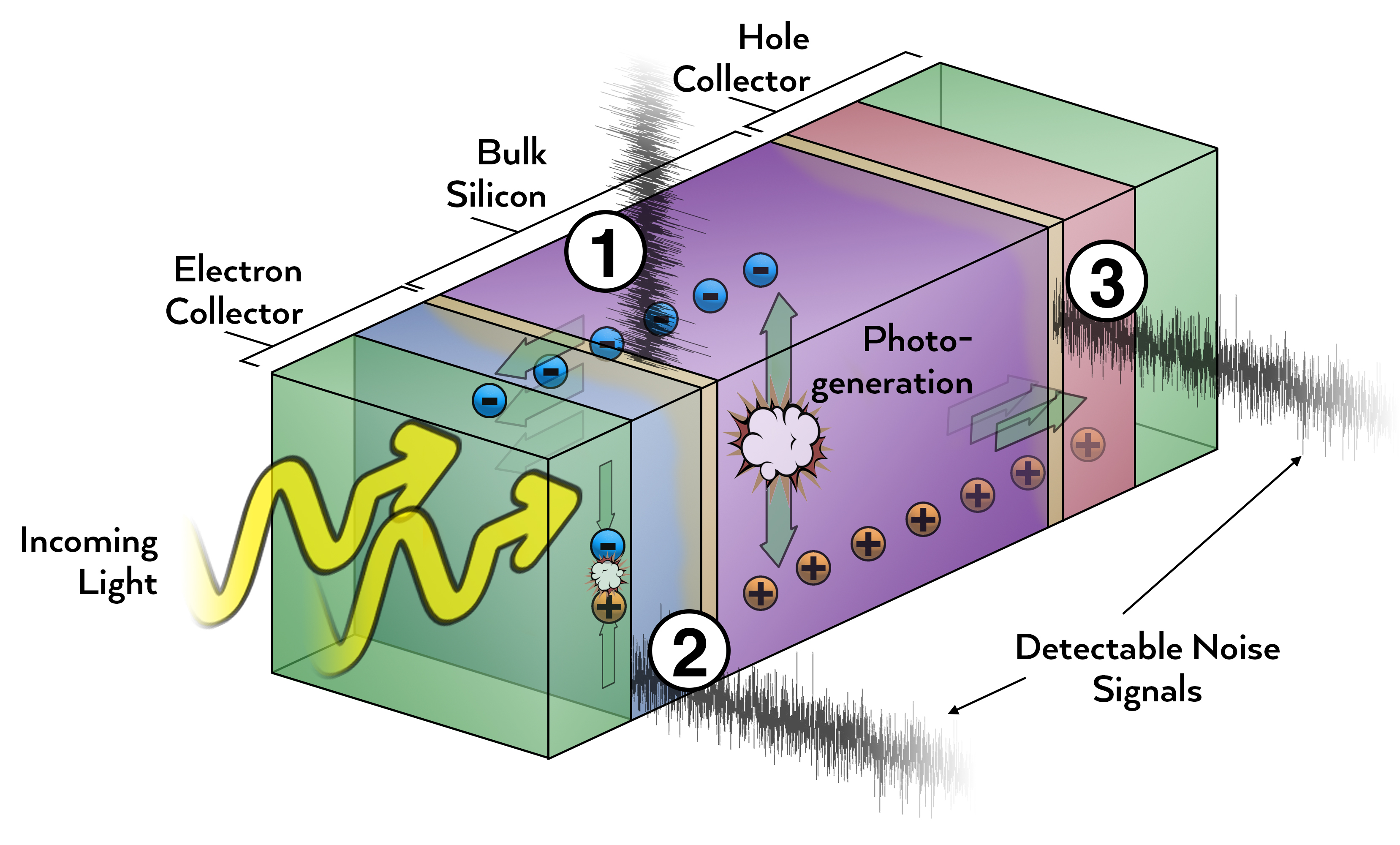
Cutting through noise for better solar cells
Physicists used cross-correlation noise spectroscopy to measure miniscule fluctuations in electrical current flowing between materials inside silicon solar cells. They identified crucial signals that are invisible to conventional methods, and pinpointed the likely physical processes causing the noise.
DOE Awards $54 Million to 235 American Small Businesses Developing Novel Clean Energy And Climate Solutions
The U.S. Department of Energy (DOE) today announced 235 small businesses, across 42 states, will receive $54 million in critical seed funding for 266 projects that are developing and deploying proof-of-concept prototypes for a wide range of technological solutions needed to achieve net-zero emissions by 2050.
Converting solar energy to hydrogen fuel, with help from photosynthesis
Recently, scientists have achieved record efficiency for solar-to-fuel conversion, and now they want to incorporate the machinery of photosynthesis to push it further. They present their results today at the American Chemical Society Fall 2020 Virtual Meeting & Expo.
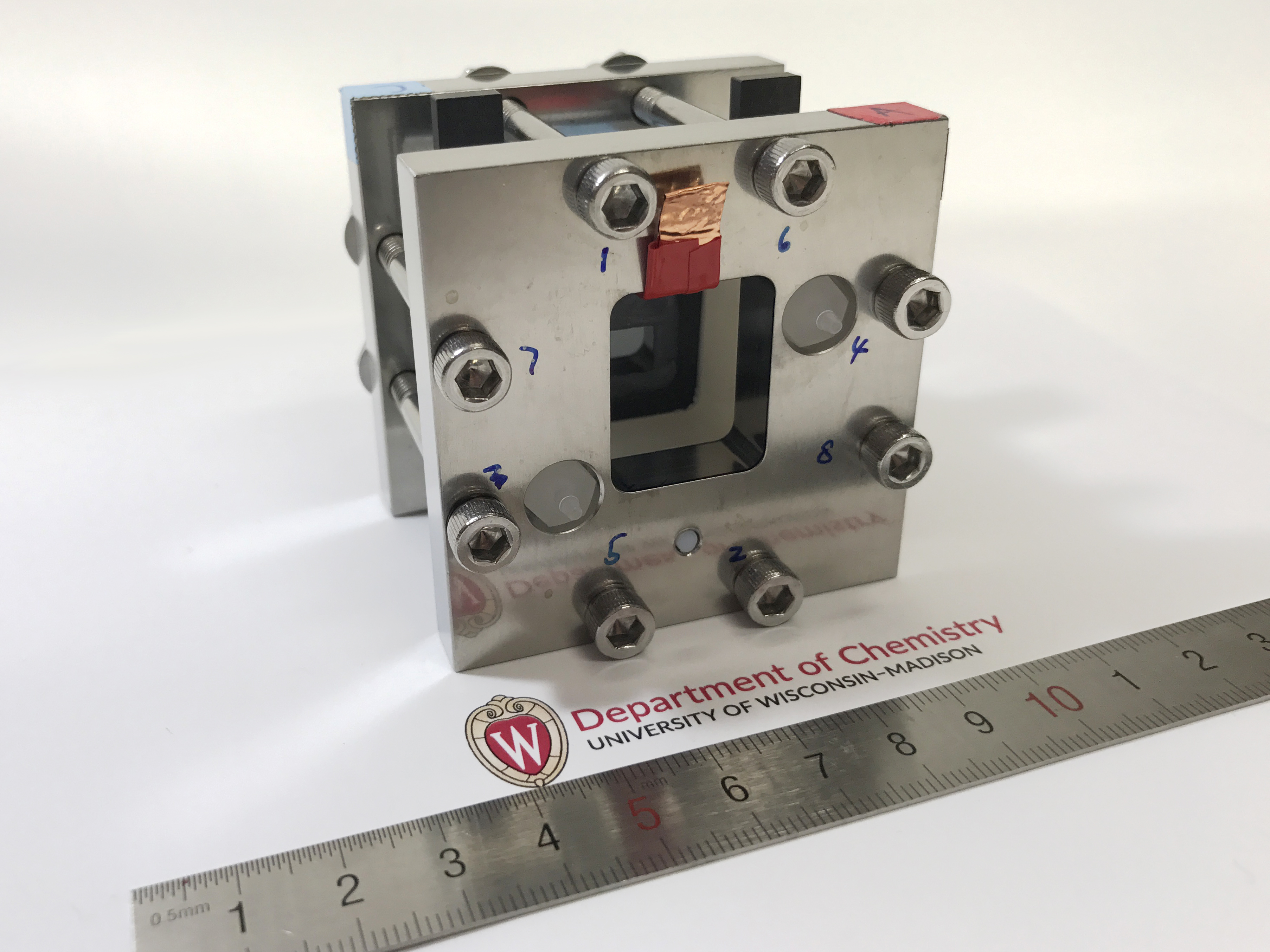
Merging solar cell and liquid battery produces efficient, long-lasting solar storage
Chemists at the University of Wisconsin–Madison and their collaborators have created a highly efficient and long-lasting solar flow battery, a way to generate, store and redeliver renewable electricity from the sun in one device.
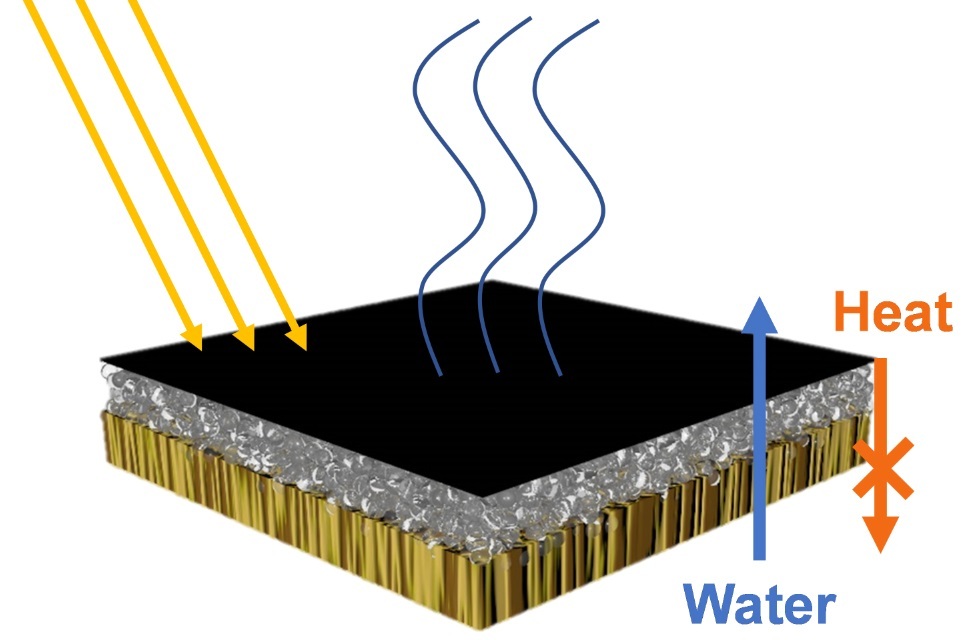
Purifying water with the help of wood, bacteria and the sun
Researchers reporting in Nano Letters have developed a wood-based steam generator that, with the help of bacterial-produced nanomaterials, harnesses solar energy to purify water.
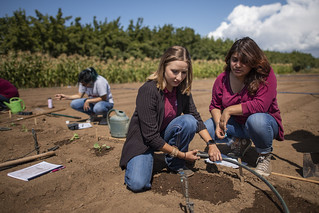
Career Fast Track: Preparing Graduates for the Job Next Door
By working with local industries, CSU campuses are ensuring their graduates are ready to enter careers and drive innovation in these regional sectors.

ASU solar awards eclipse other universities in latest round of DOE funding
ASU receives $9.8 million in Solar Energy Technologies Office Awards.